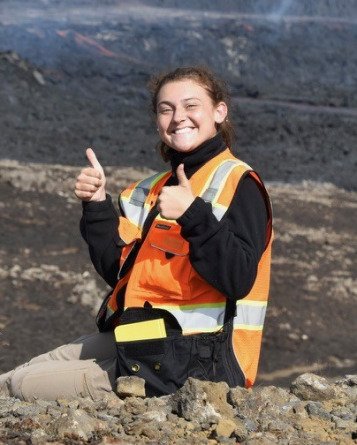Cosmic Conversations: Communicating with the Unknown
Cosmic Conversations: Communicating with the Unknown Live from Centennial Hall on Thursday, March 27, 2025 with Dr. Daniel Apai and Dr. Chris Impey. In this talk, we will explore the potential for communicating with extraterrestrial civilizations. We will discuss questions such as: Is it possible to exchange messages with aliens and how would we do it? If we can communicate, what meaning and information could and should we convey?
We will also explore who may be receiving our messages and what the anticipated recipients may tell us about our own civilization’s future. Finally, we will discuss the question whether we should only listen and keep a low profile – or also boldly transmit?
Madison Tuohy
PTYS/LPL Graduate Students
Madison Tuohy
Graduate Student, Other

Kuiper 201
Major Advisor: Christopher Hamilton
Last updated:
2025 Fall: PTYS/GEOS 549 Radar Remote Sensing of Planetary Surfaces (Section 1A)
This is a non-enrollment lab section, required enrollment with PTYS/GEOS 549 (001).
Pagination
- First page
- …
- 8
- 9
- 10
- …
- Last page


